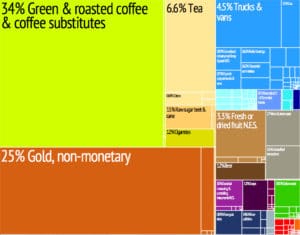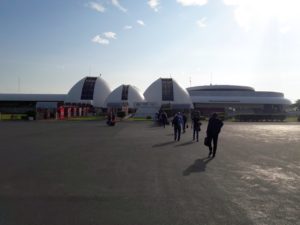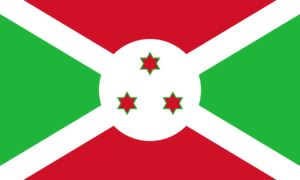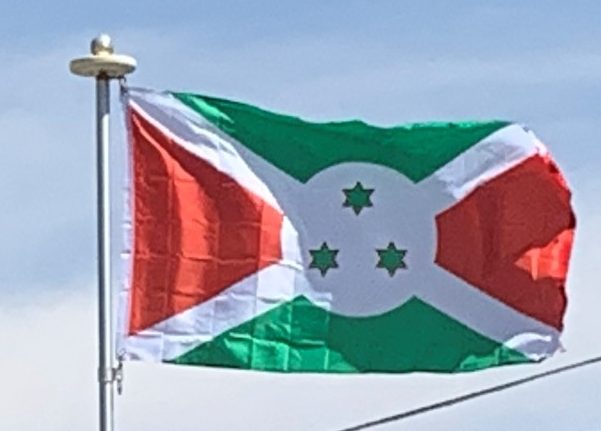
This is due to large population growth and no coherent policies governing land ownership. In 2014, the average farm size was about one acre. Burundi is one of the world’s poorest countries, owing in part to its landlocked geography, poor legal system, lack of economic freedom, lack of access to education and the proliferation of HIV/AIDS. Approximately 80% of Burundi’s population lives in poverty. Famines and food shortages have occurred throughout Burundi, most notably in the 20th century, and according to the World Food Programme, 56.8% of children under age five suffer from chronic malnutrition. Burundi’s export earnings – and its ability to pay for imports – rests primarily on weather conditions and international coffee and tea prices.
Some of Burundi’s natural resources include uranium, nickel, cobalt, copper and platinum. Besides agriculture, other industries include: assembly of imported components; public works construction; food processing and light consumer goods such as blankets, shoes and soap.
Transportation:
There are a number of systems of transport in Burundi, including road and water-based infrastructure, the latter of which makes use of Lake Tanganyika. Furthermore, there are also some airports in Burundi.
A great hindrance to Burundi’s economic development is lack of adequate transportation. The country has limited ferry services on Lake Tanganyika, few road connections to neighboring countries, no rail connections, and only one airport with a paved runway. Public transport is extremely limited and private bus companies operate buses on the route to Kigali but not to Tanzania or the Democratic Republic of Congo.
Roads total 7,657 miles as of 2004, and only about 7 percent of them are paved and remain open in all weather; the rest are classed as local roads or tracks.
Lake Tanganyika is used for transport, with the major port on the lake being Bujumbura. Most freight is transported down waterways.
As of May 2015, MV Mwongozo, a passenger and cargo ferry, connects Bujumbura with Kigoma in Tanzania.

Burundi possesses eight airports, of which one has paved runways, whose length exceeds 3,047m. Bujumbura International Airport is the country’s primary airport and the country’s only airport with a paved runway. There are also a number of helicopter landing strips.
As of May 2015 the airlines serving Burundi are: Brussels Airlines, Ethiopian Airlines, flydubai, Kenya Airways and RwandAir. Kigali is the city with the most daily departures.
Burundi does not possess any railway infrastructure, although there are proposals to connect Burundi to its neighbors via railway.
Flag of Burundi:
The original national flag of Burundi was adopted after the country’s independence from Belgium on 1 July 1962. It went through several revisions and now consists of a white saltire which divides the field into alternating red and green areas. The center of the saltire merges into a white disk, on which there are three red solid six-pointed stars outlined in green. The current ratio is 3:5, which was changed from 2:3 until 27 September 1982.

